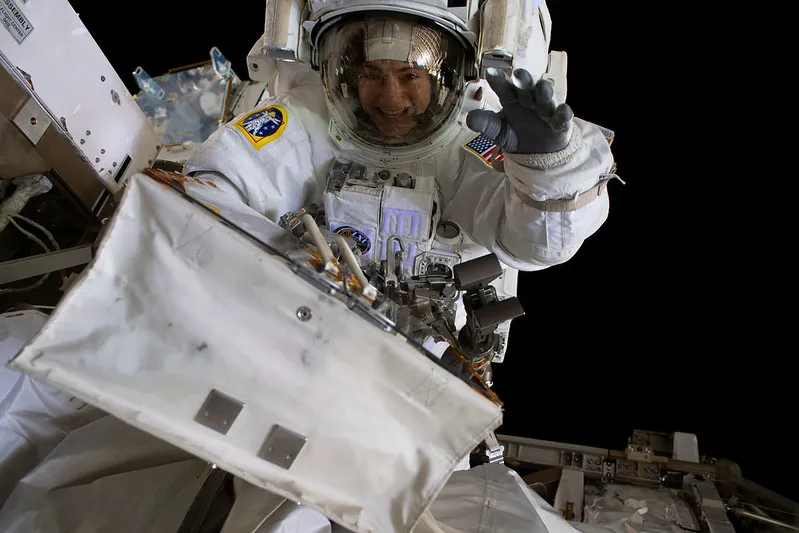A team of scientists have confirmed that a sample of moss – the small plant often found in damp, shady spots – was able to survive the harsh radiation of space.
On Earth, moss is known for its resilience, surviving in the Himalayas, Antarctic tundra, lava fields and even in the scorching sands of East California's Death Valley.
Now moss can add another string to its bow: the ability to survive in space for months on end.
More spaceflight

A study found more than 80% of moss spores survived 9 months outside the International Space Station – and returned to Earth still capable of growing.
This is the first demonstration that moss can withstand long-term exposure to the extreme elements of space, and could have implications for humans' ability to develop ecosystems on barren planets like Mars.

Why moss?
The study was led by Tomomichi Fujita of Hokkaido University, Japan, who was inspired by moss’s ability to survive among the harshest conditions on Earth.
His question was simple: if moss can survive glaciers, deserts and volcanoes, could it also survive space?
"Most living organisms, including humans, cannot survive even briefly in the vacuum of space," says Fujita.
"However, the moss spores retained their vitality after nine months of direct exposure."
The results, he says, suggest that life on Earth contains "intrinsic mechanisms" that can endure conditions far beyond our planet.

Putting moss to the test
Before sending moss to space, the researchers simulated space-like stresses on Physcomitrium patens, a well-studied moss known as spreading earthmoss.
They evaluated three moss structures:
• Protonemata – juvenile moss
• Brood cells – stress-induced stem cells
• Sporophytes – reproductive capsules containing spores
The team exposed them to extreme temperatures, vacuum conditions and intense ultraviolet (UV) radiation.
UV radiation proved the most damaging. Juvenile moss died under high UV exposure or severe temperatures.
Brood cells fared better, but the real champions were the encased spores, which tolerated UV radiation roughly 1,000 times better than the other structures.
The spores also survived freezing at –196°C (–320°F) for over a week and withstood 55°C (131°F) heat for a month.
The researchers suggest the sporophyte’s protective outer casing shields the spore from radiation and physical damage.
This is likely an evolutionary feature dating back 500 million years, when early bryophytes first moved from water onto land.

The ultimate test: a trip beyond Earth
To test these structures under real cosmic conditions, the team launched hundreds of sporophytes to the International Space Station in March 2022.
Astronauts mounted them on the Space Station's exterior, where they endured vacuum, cosmic radiation, microgravity and temperature extremes for 283 days.
In January 2023, the spores returned to Earth.
"We expected almost zero survival," Fujita says. "But the result was the opposite: most of the spores survived.:
More than 80% survived, and of those, all but 11% successfully germinated in the lab.
The team checked chlorophyll levels as well – essential pigments for photosynthesis – and found normal levels across the spores, aside from a 20% drop in chlorophyll a.
But even that reduction did not appear to harm the spores’ overall health.

How long could moss survive in space?
Using their experimental data, the researchers built a model to estimate long-term survival.
Their rough prediction: up to 5,600 days (around 15 years) in space.
This estimate is preliminary, they caution, and more data will be needed to refine it.
Still, the finding underscores the astonishing durability of early land plants, and raises new possibilities for space exploration.
The researchers hope their results will guide future work on how plants interact with extraterrestrial soils and how hardy species like moss might support agricultural systems beyond Earth.
"Ultimately, we hope this work opens a new frontier toward constructing ecosystems in extraterrestrial environments such as the Moon and Mars," says Fujita.
"I hope that our moss research will serve as a starting point."

